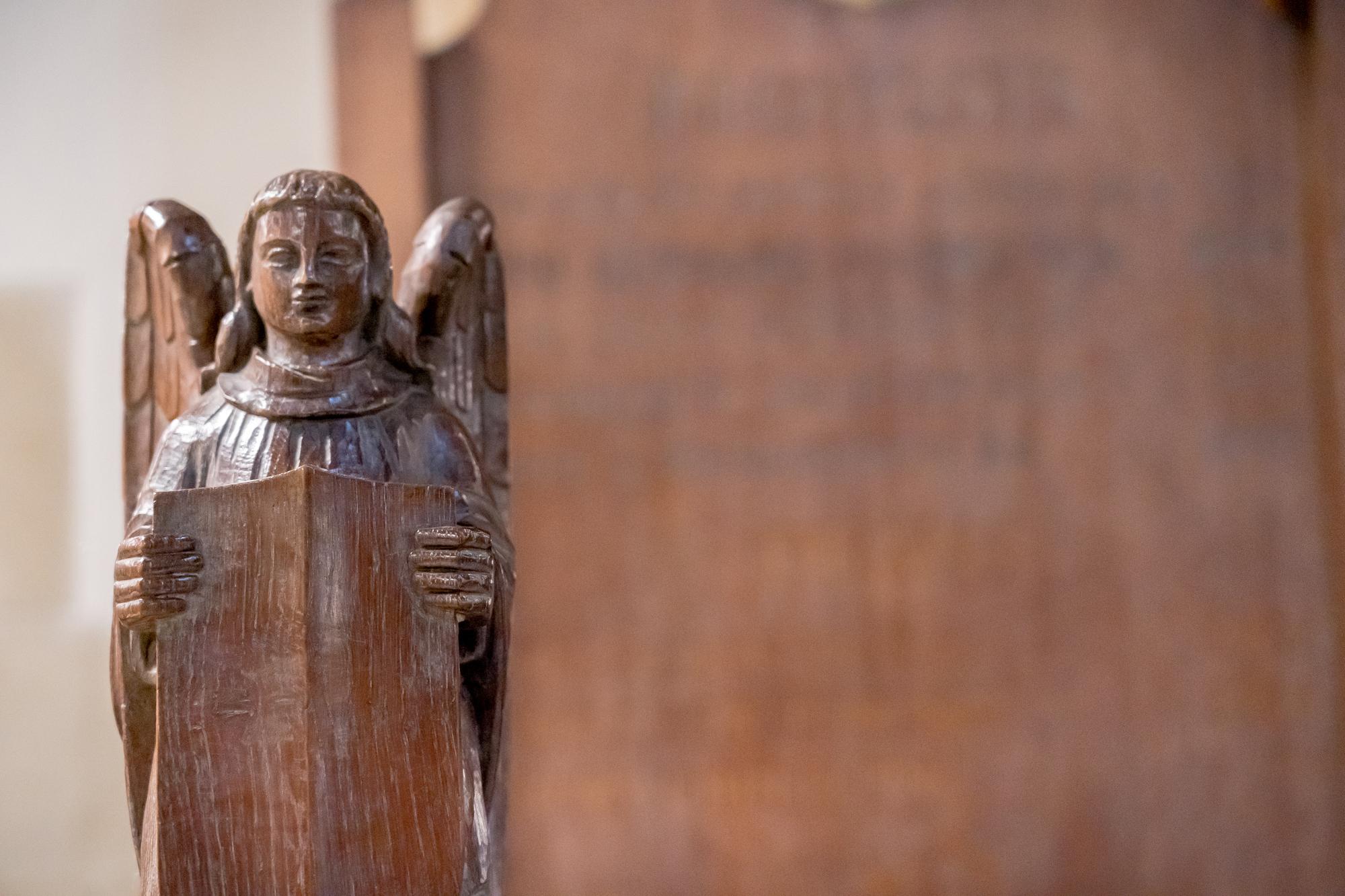
Getting permissions
There are various levels of permission that the typical church building project will need to satisfy in order for the project to proceed.
The process of identifying, applying for and getting the relevant permissions for building work can be long and arduous, but going through the process of consulting the relevant authorities (e.g. your governing body, Amenity Societies, UK Home Countries Heritage Bodies, local planing authorities) can help you to refine and develop your project in ways you had not thought of.
If your building is not listed then you should contact your local planning authority about the requirement for planning permission. Many funder will require permissions to be in place before you can apply to them.
1. Listed buildings
Many church buildings, and their furnishings, are protected by law because of their architectural or heritage significance.
Around 20,000 places of worship are listed. A listed building is protected by the Town and Country Planning (Listed Buildings and Conservation Areas) Act 1990. Similar laws protect buildings in Scotland, Wales and Northern Ireland.
To find out if your place of worship is listed you can check online (see links below) or with your local planning authority, who should also be able to tell you what is listed and why, and give you details of local conservation areas and tree preservation orders.
If your church is listed, it does not mean that you cannot make repairs or changes to it. You just need to give good reasons, have good local support, and do the work in a way which is sympathetic to the heritage of your building. Preparing a Statement of Significance and Need may help you here.
Any works for the alteration or demolition of a listed church building which would affect its character as a building of special architectural or historical interest, requires listed building consent or its equivalent. This may have to be sought from your denomination, your planning authority or both.
Find out more : Building Conservation article listed places of worship
To find if a building is listed:
2. Ecclesiastical Exemption
The Ecclesiastical Exemption (Listed Buildings and Conservation Areas) (England) Order 2010 gives exemption from listed building and conservation area consent for the six main denominations in England and Wales.
It recognises that places of worship have a living function and ensures that sacred uses are protected, that parishioners are consulted and that the interests of the public are considered. The system balances worship and wider community use with care and conservation. There is guidance on the operation of ecclesiastical exemption online.
If your church building is listed and belongs to one of the denominations listed and you want to make changes that would normally fall under the exempted parts of the planning legislation, then you will need to apply for ‘permission’ from your denomination.
In return for the exemption, the denominations must have stringent internal procedures for dealing with proposed works to listed buildings. All listed place of worship have to also consult Historic England, Historic Scotland or Cadw, the local planning authority and the relevant national amenity societies (see below) about works that would otherwise require listed building consent.
The exempted denominations are: the Church of England, the Church in Wales, the Baptist Union of Great Britain, the Roman Catholic Church, the United Reformed Church and the Methodist Church.
Historic England : ecclesiastical exemption from listed building consent
Historic Environment Scotland : listed building control to exteriors of churches
Cadw : ecclesiastical exemption
Department for Communities Northern Ireland : listed building controls for churches
3. Getting consent
If your church is NOT from one of the exempted denominations, you need to apply for listed building consent, and should contact your local planning authority. Search here.
If your church IS from one of the exempted denominations, you can find out how each one operates the ecclesiastical exemption and how to apply for consent to carry out work on their website.
Church of England : faculty jurisdiction
Church in Wales : faculties, permissions and contracts
Baptist Union of Great Britain : listed buildings
Roman Catholic Church : guidance for listed buildings
The Methodist Church : listed buildings
United Reformed Church : works to buildings
4. National amenity societies
The amenity societies are statutory consultees and advise local planning authorities on proposals affecting historic buildings of all types. The Care of Churches and Ecclesiastical Jurisdiction Measure 1991 formally recognised the significance of the National Amenity Societies for the Church of England and established a framework for regular consultation on applications for alterations to the fabric of historic churches. However churches of all denominations should consult with them when appropriate.
The societies have a network of nationwide contacts and members, and can provide informal advice or suggest suitable craftsmen, architects or surveyors. The Societies generally advocate an approach of being consulted at the earliest possible stage in the development of plans so that their advice can be usefully considered, and if any concerns are present, that they are addressed before the process of permissions is sought.
Historic Buildings and Places, formerly The Ancient Monuments Society : historic buildings of all ages and types
Council for British Archaeology : historic buildings of all periods but focussed on Grade II vernacular/industrial buildings
Georgian Group : buildings dating between late 17th century and early 19th century
Society for the Protection of Ancient Buildings : buildings pre-1700
Twentieth Century Society : 20th century buildings from 1914
Victorian Society : Victorian and Edwardian buildings dated 1837 - 1914
